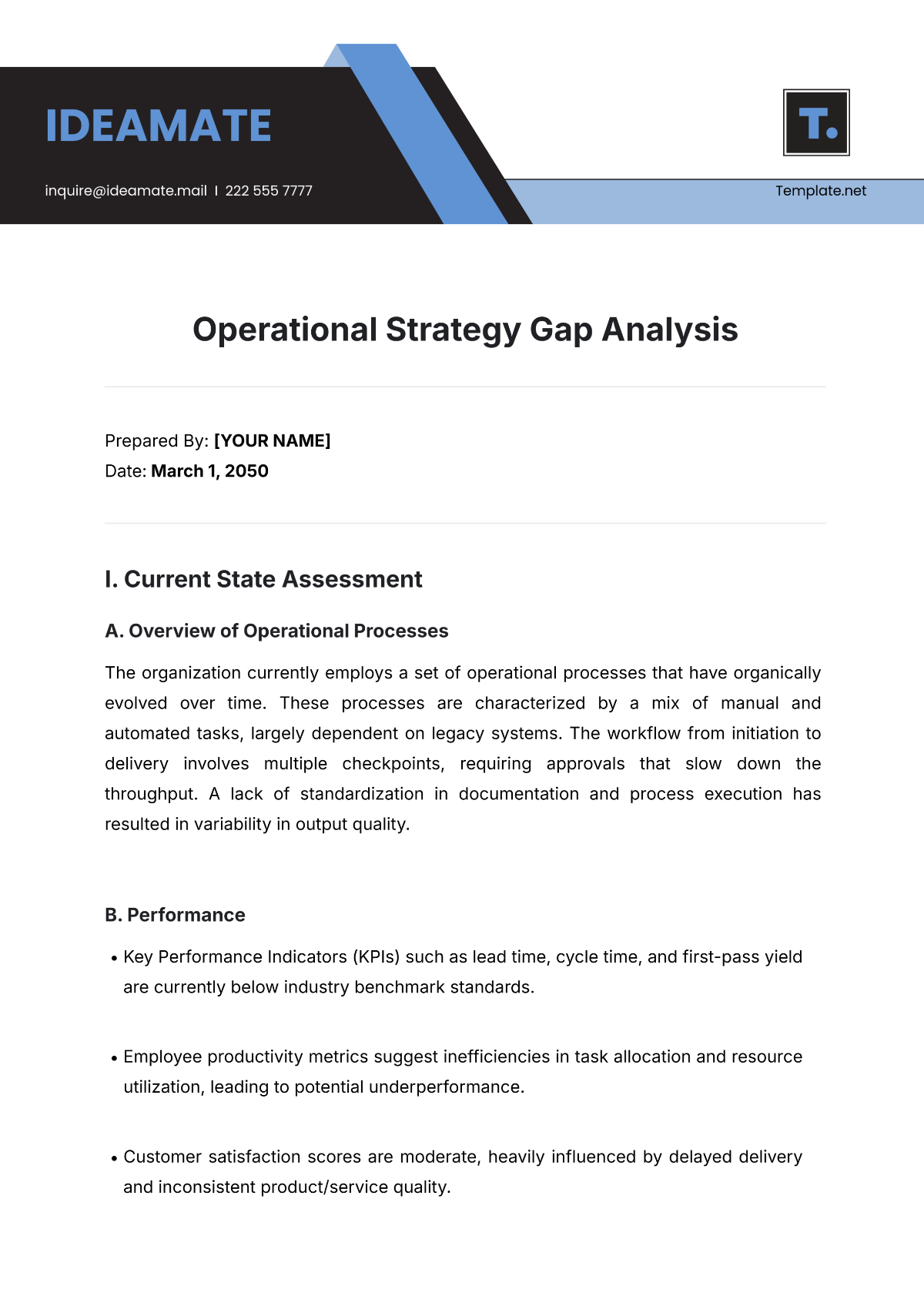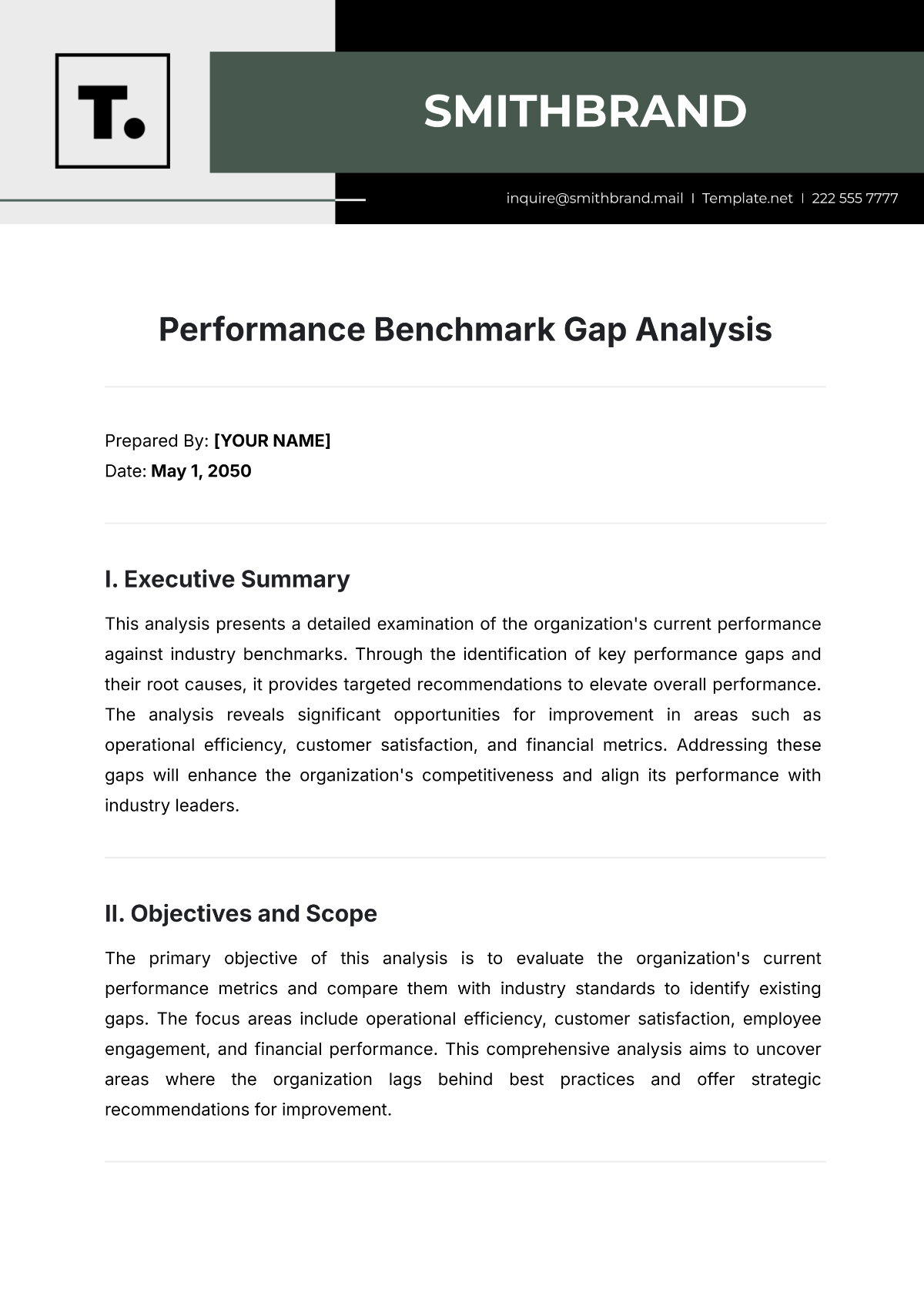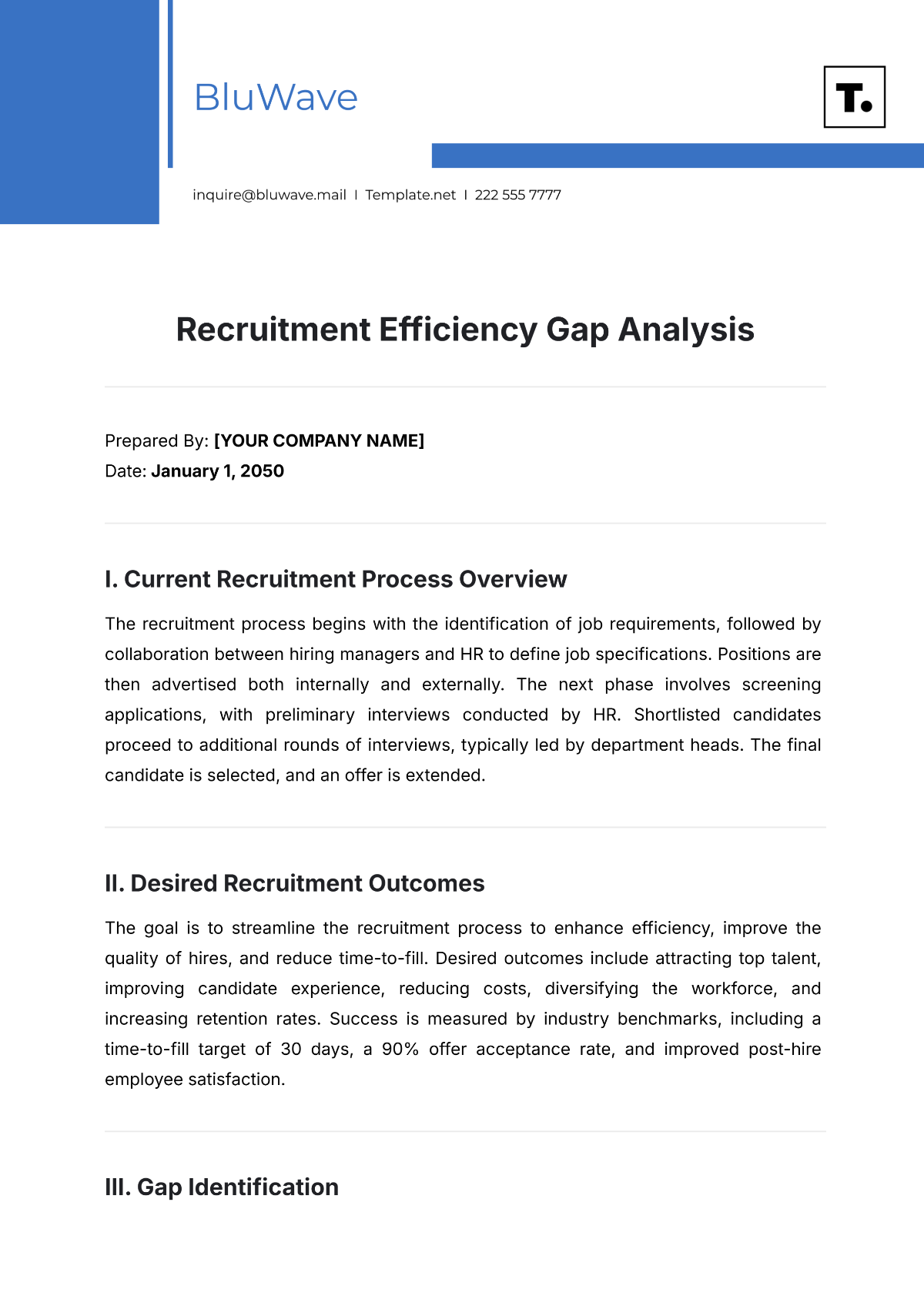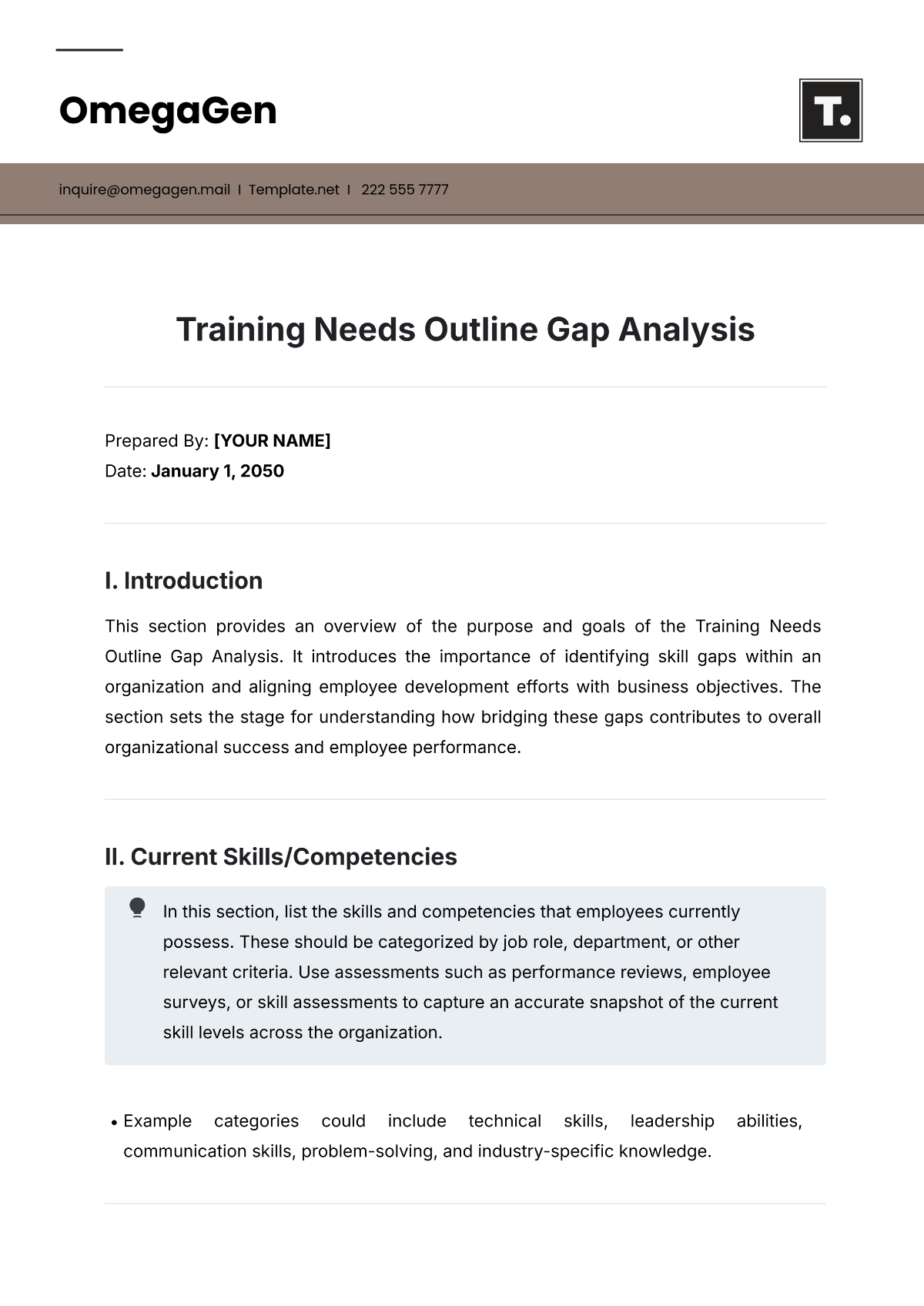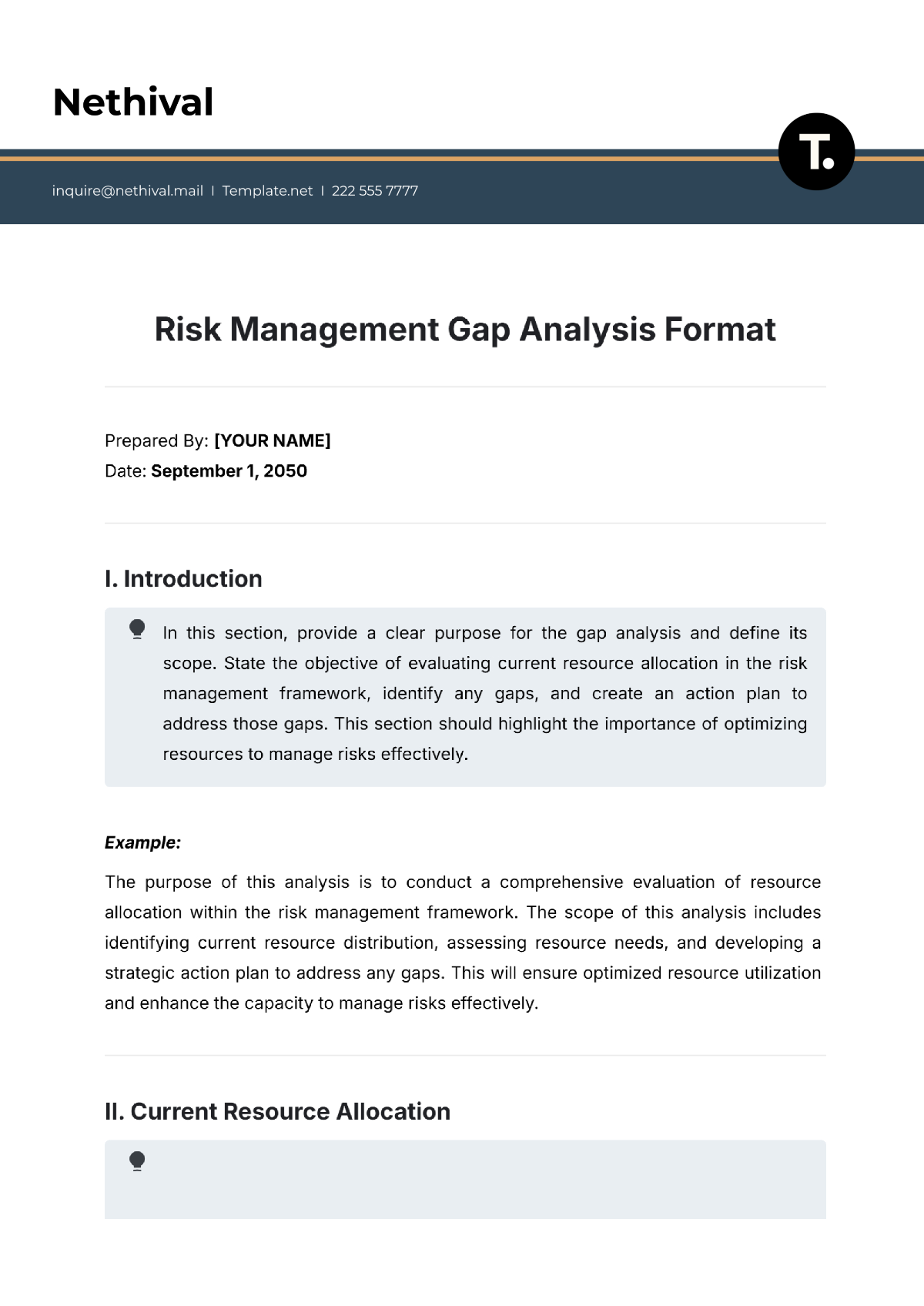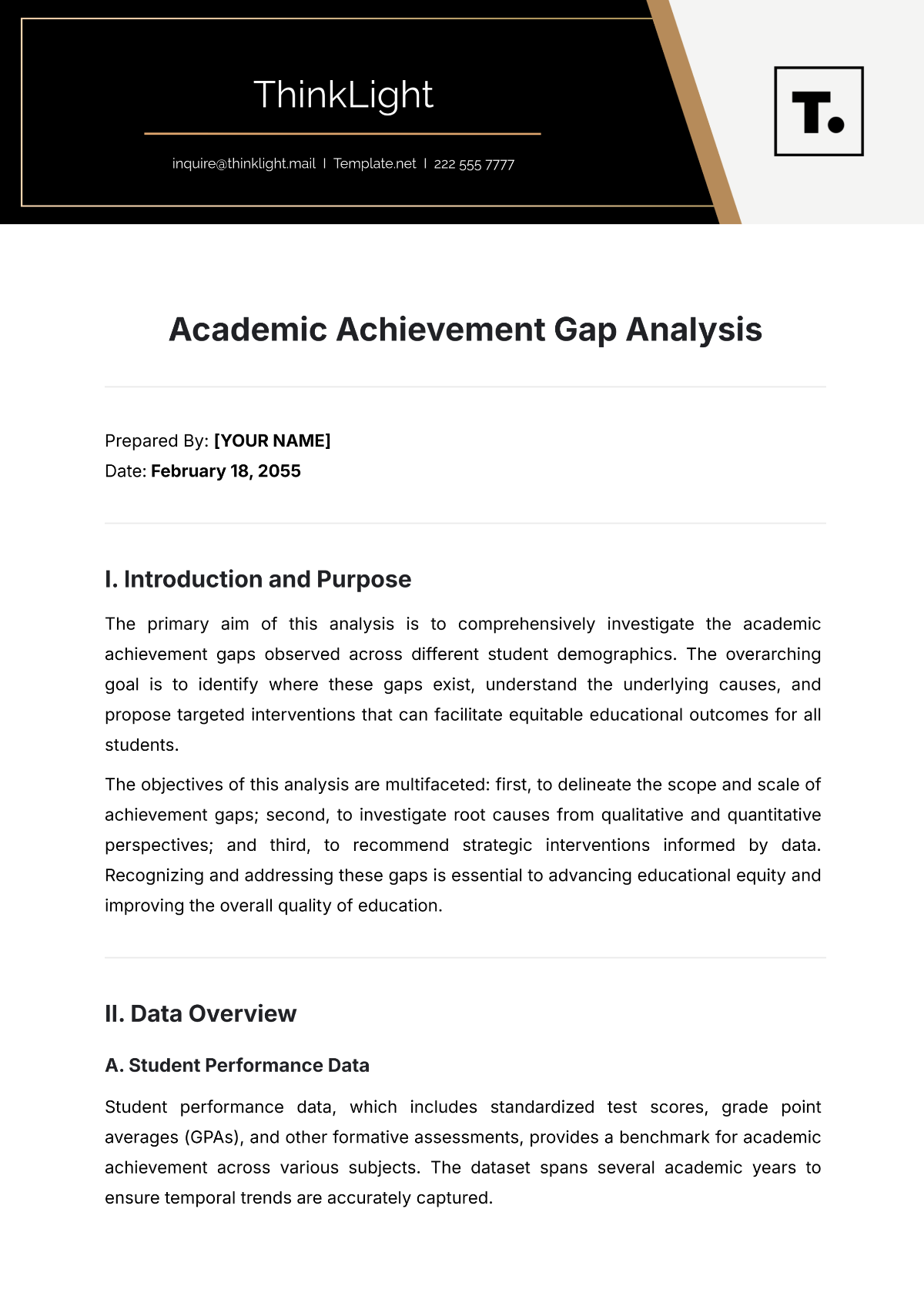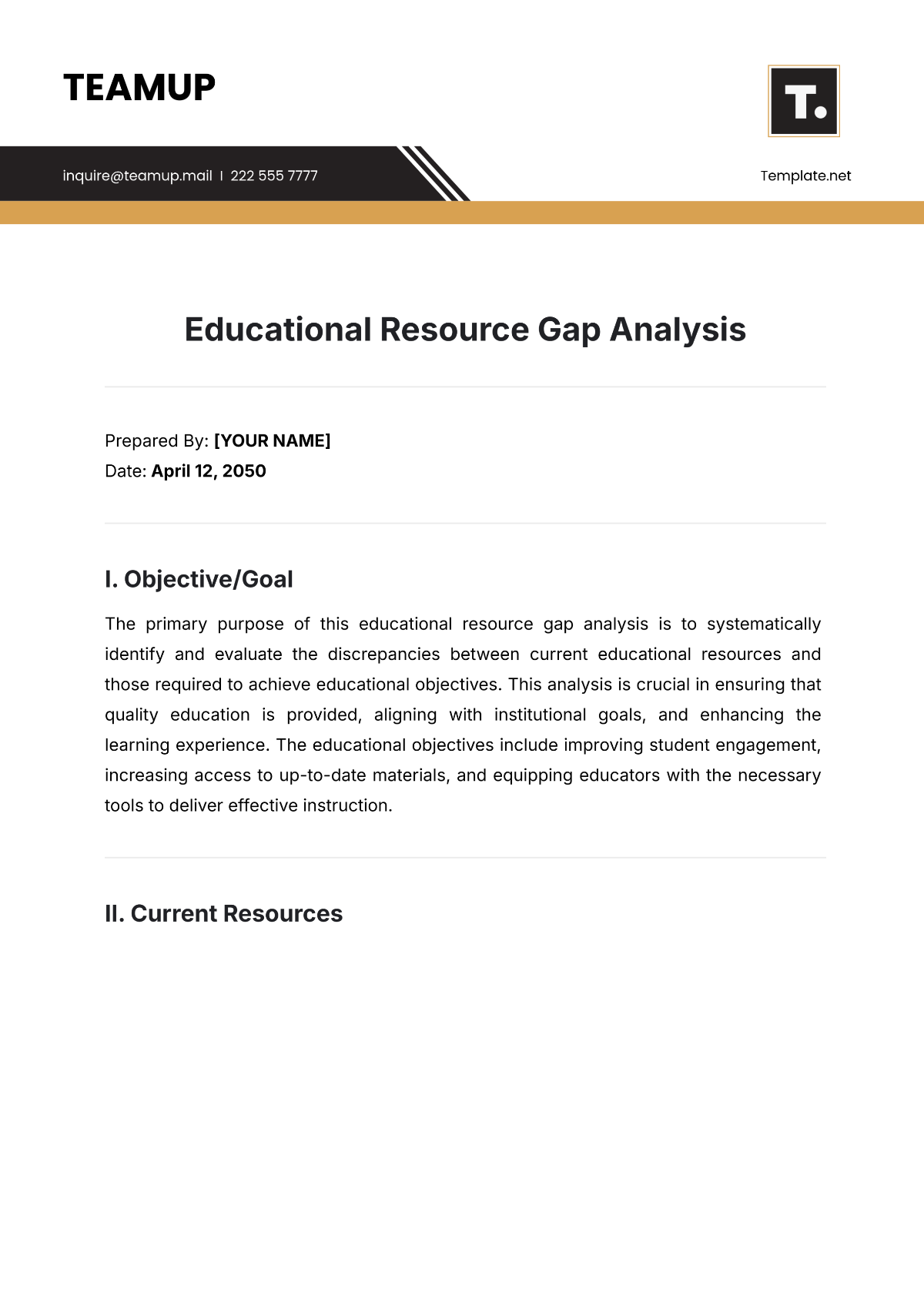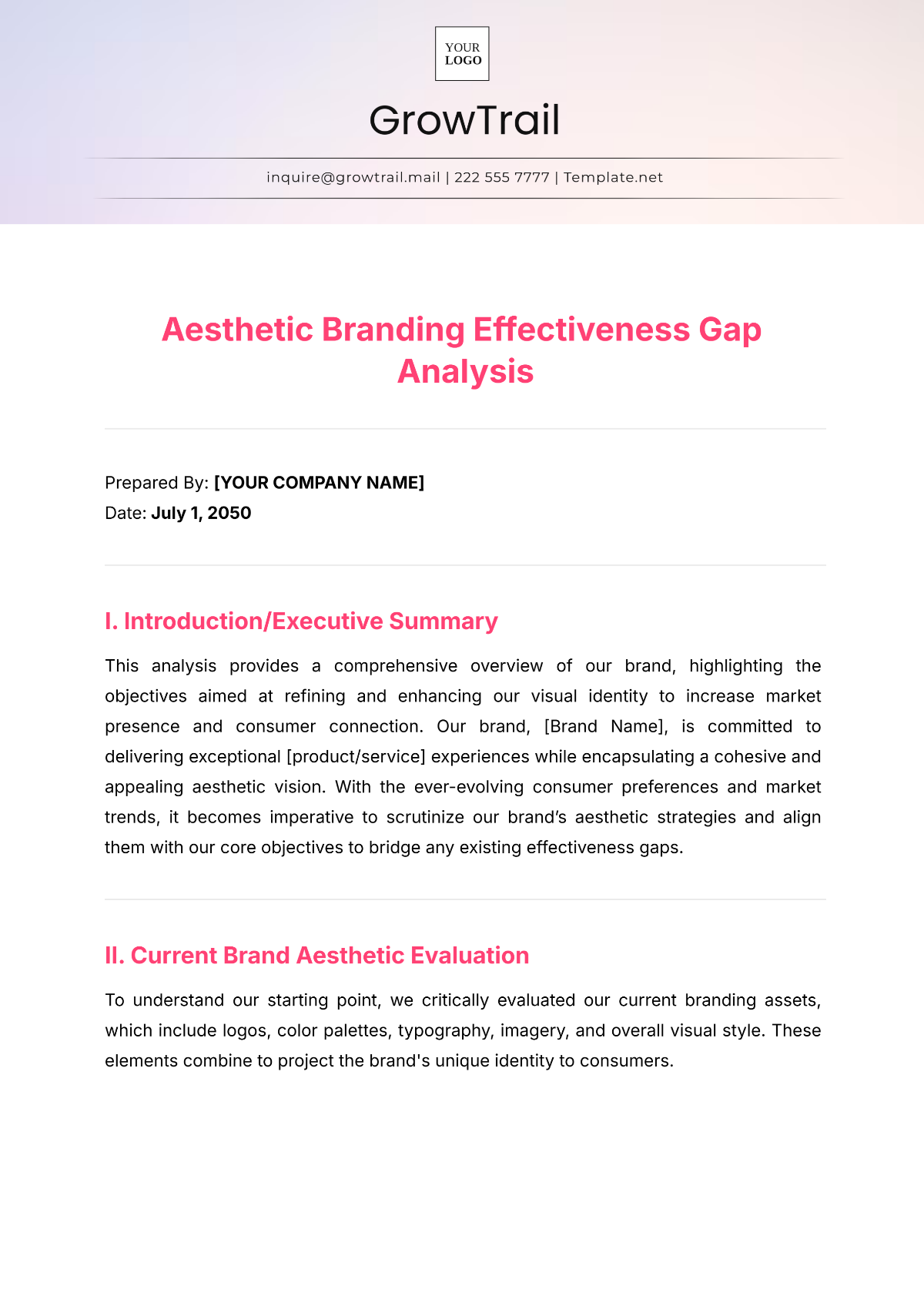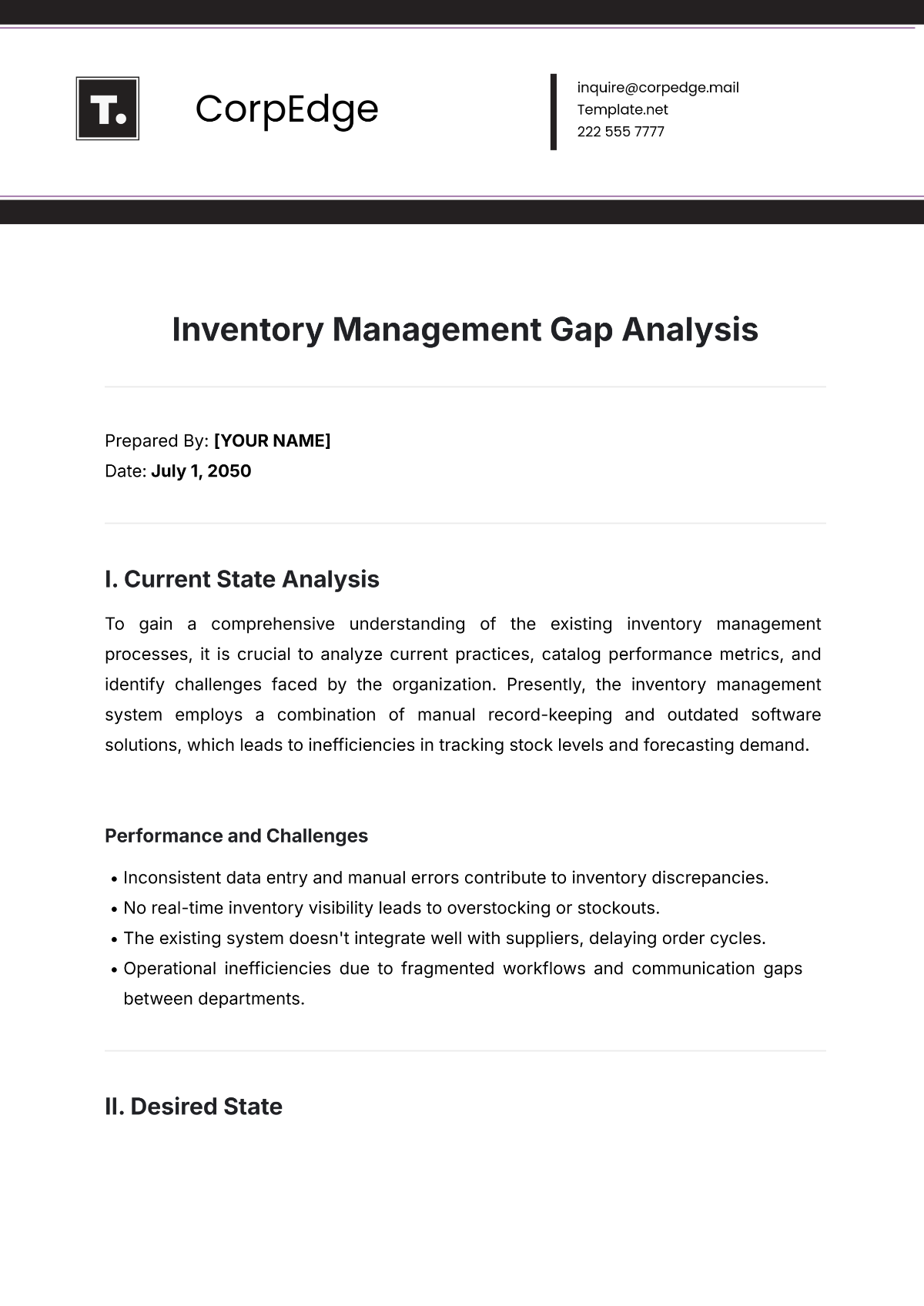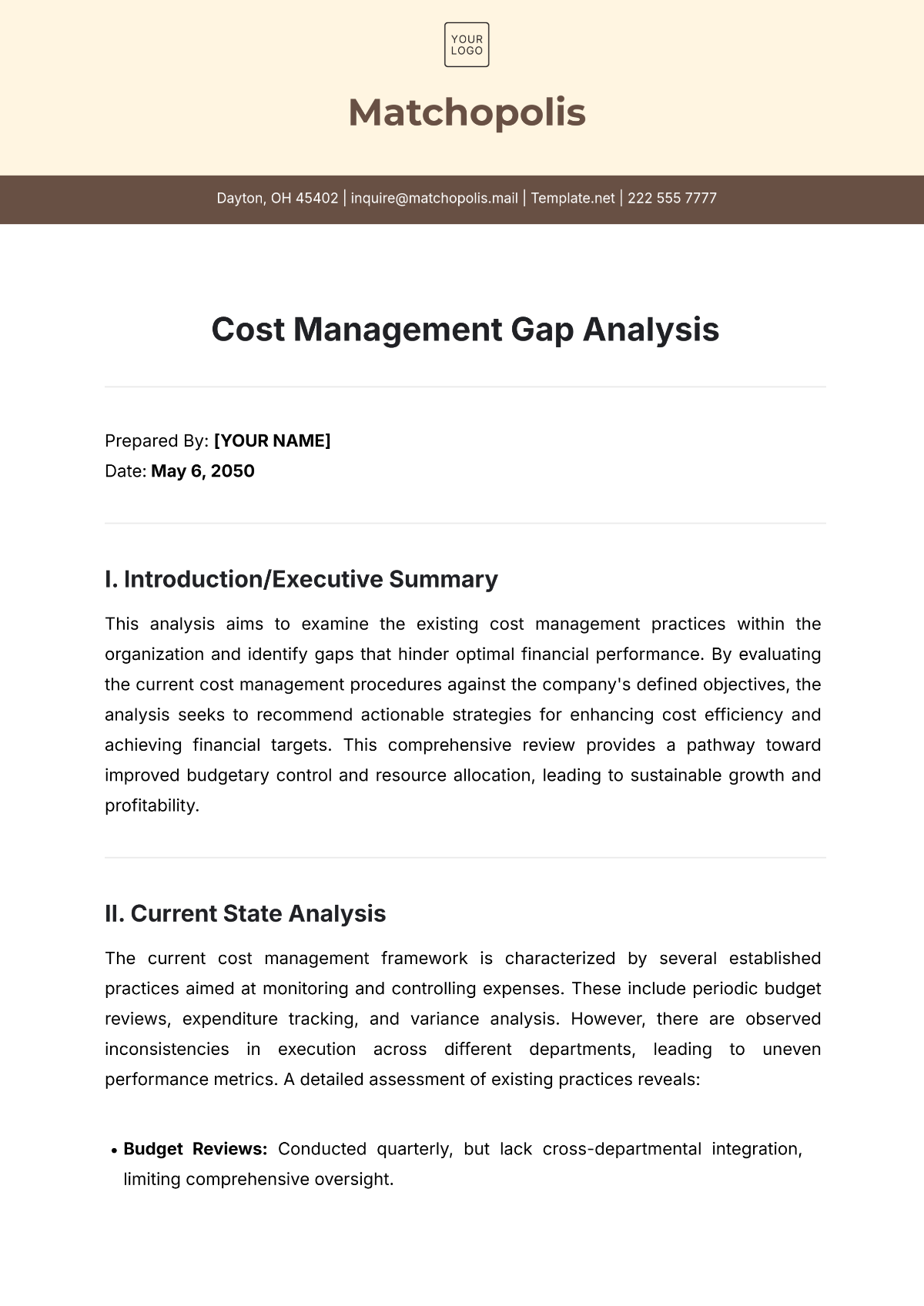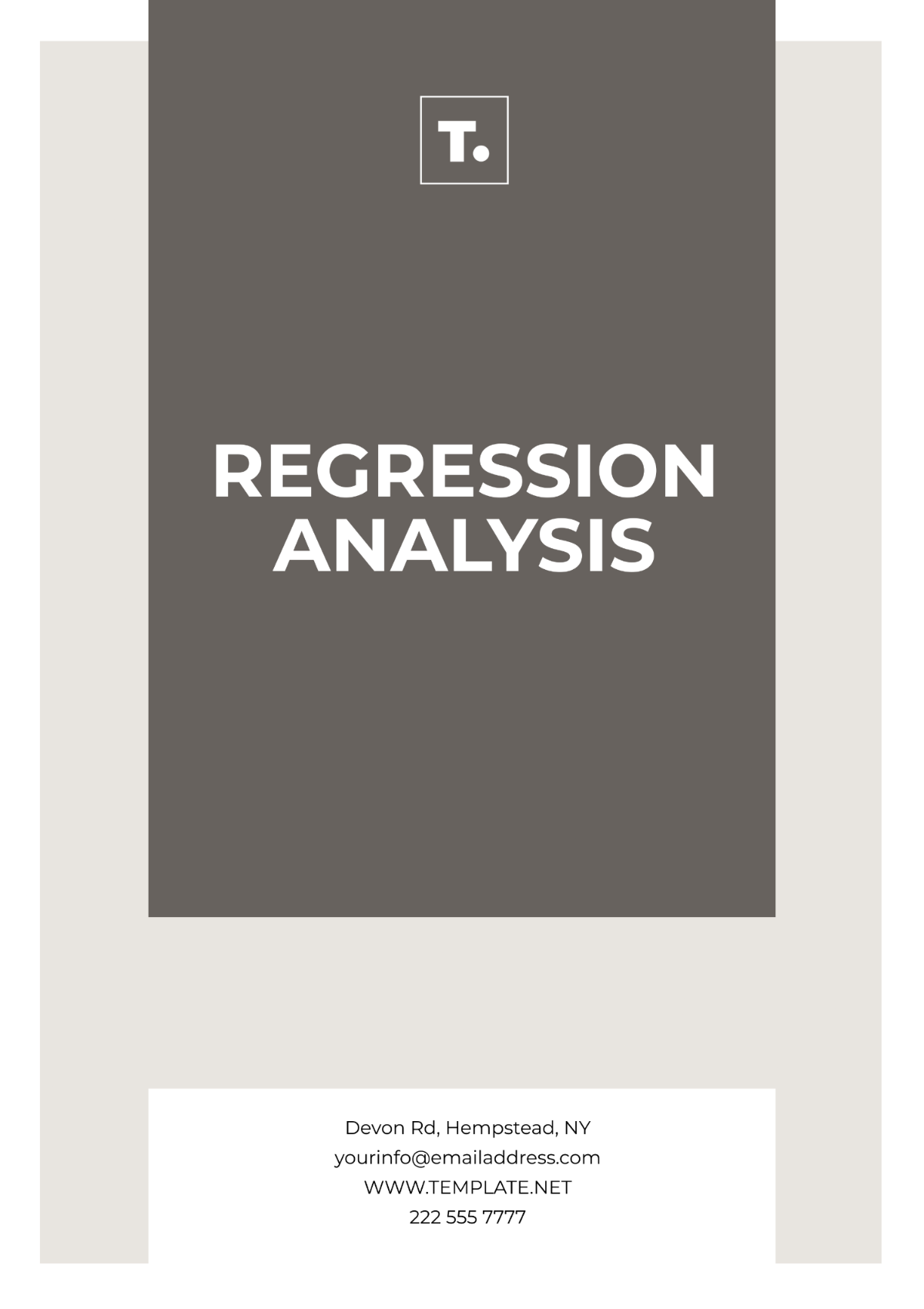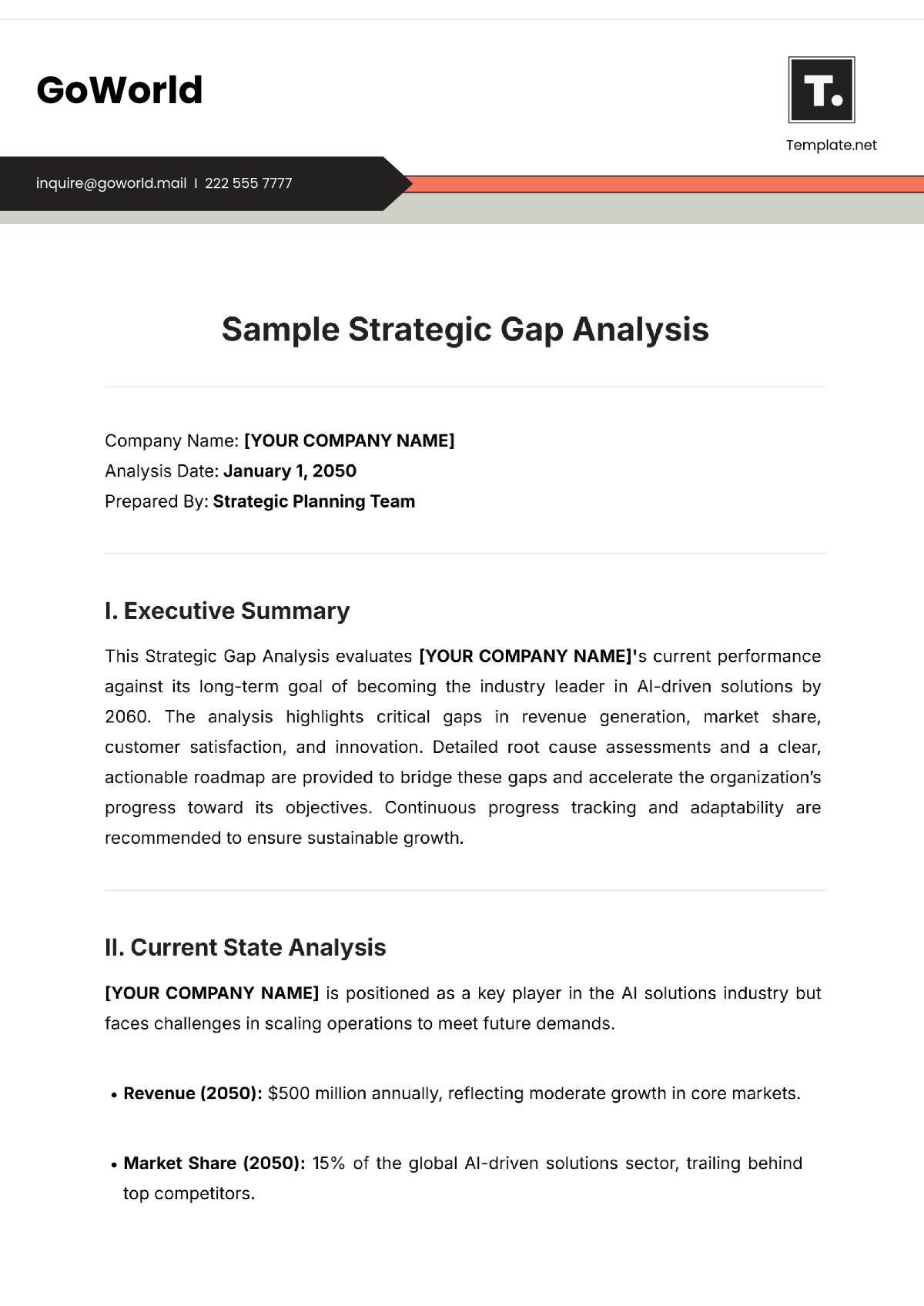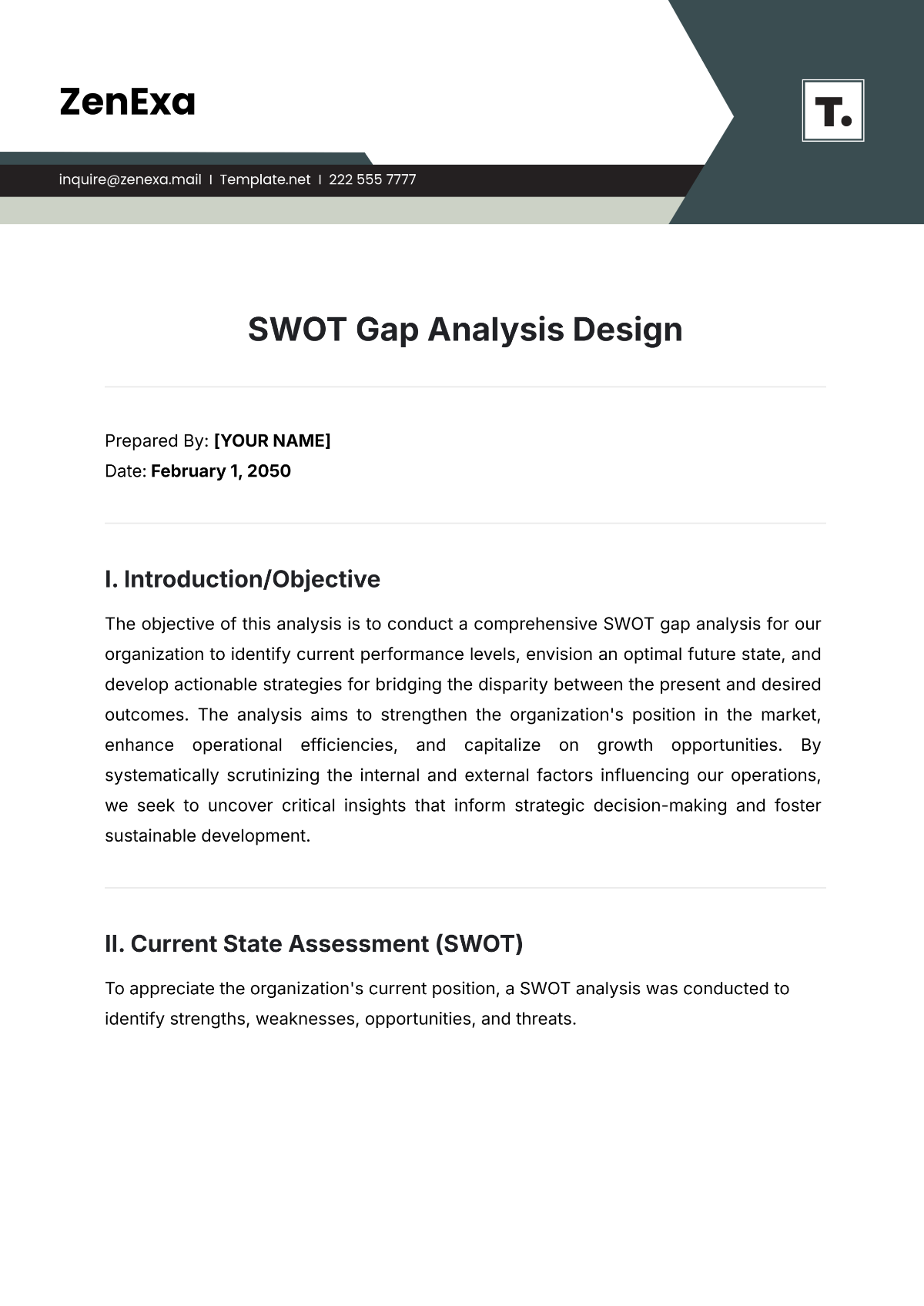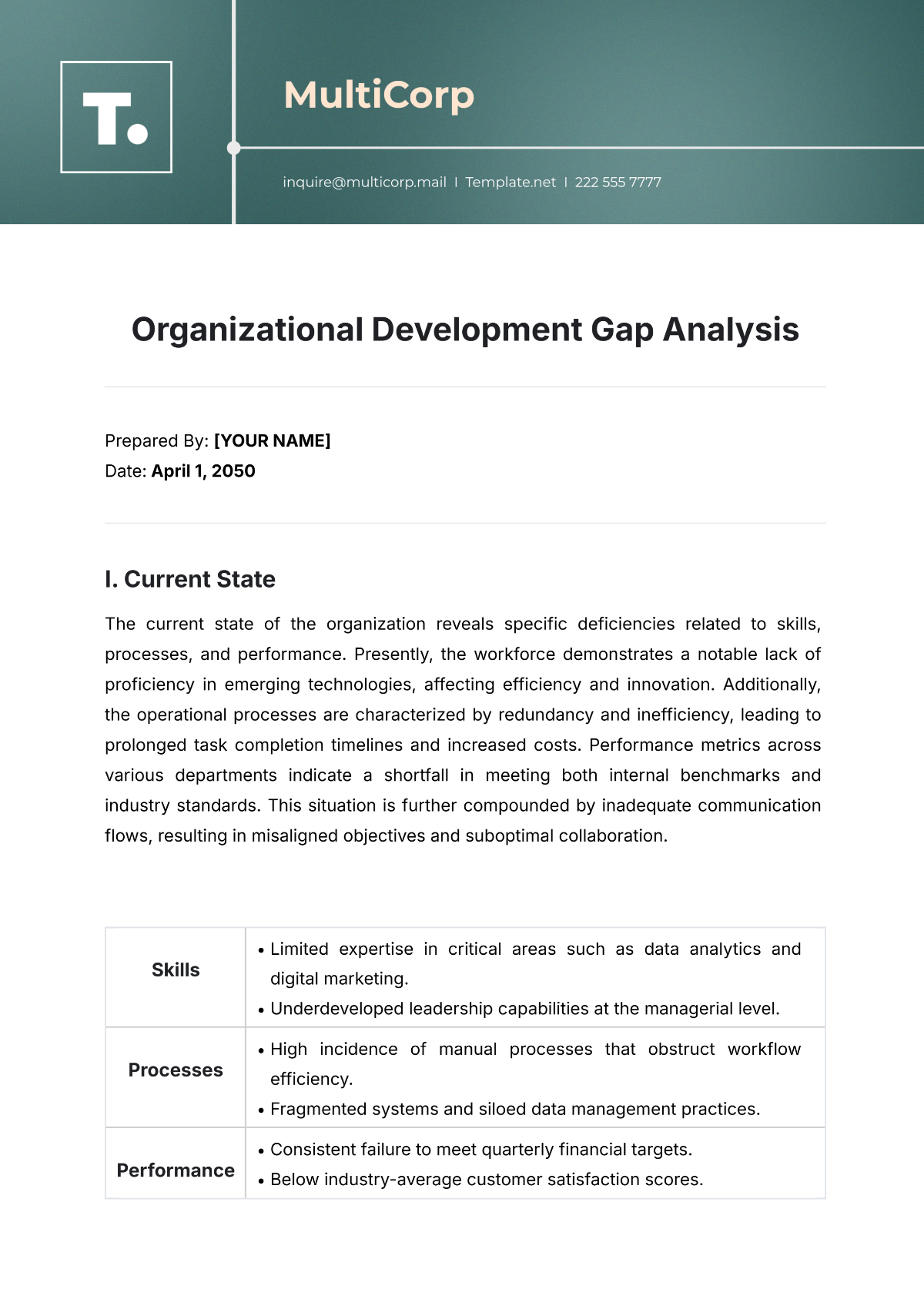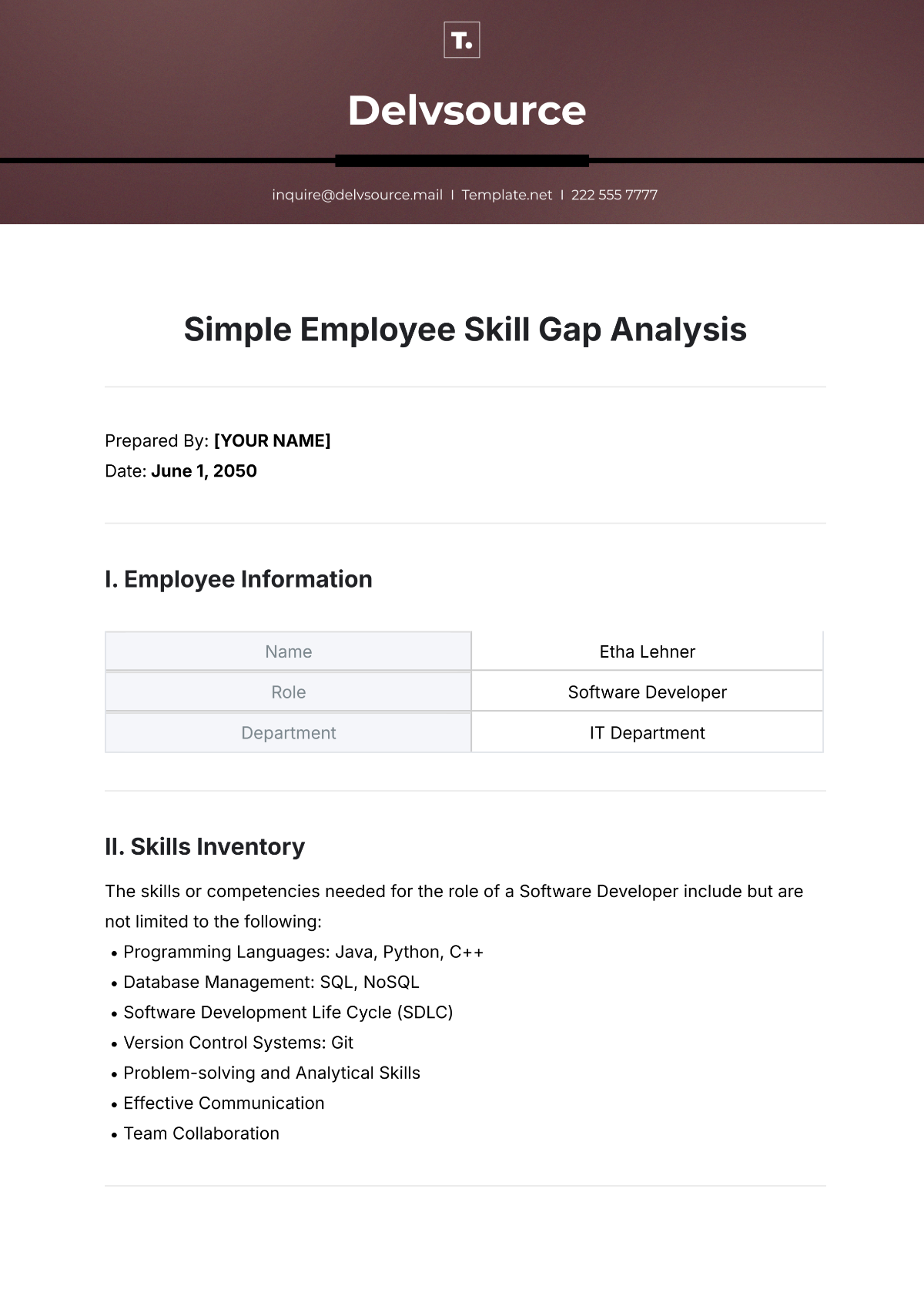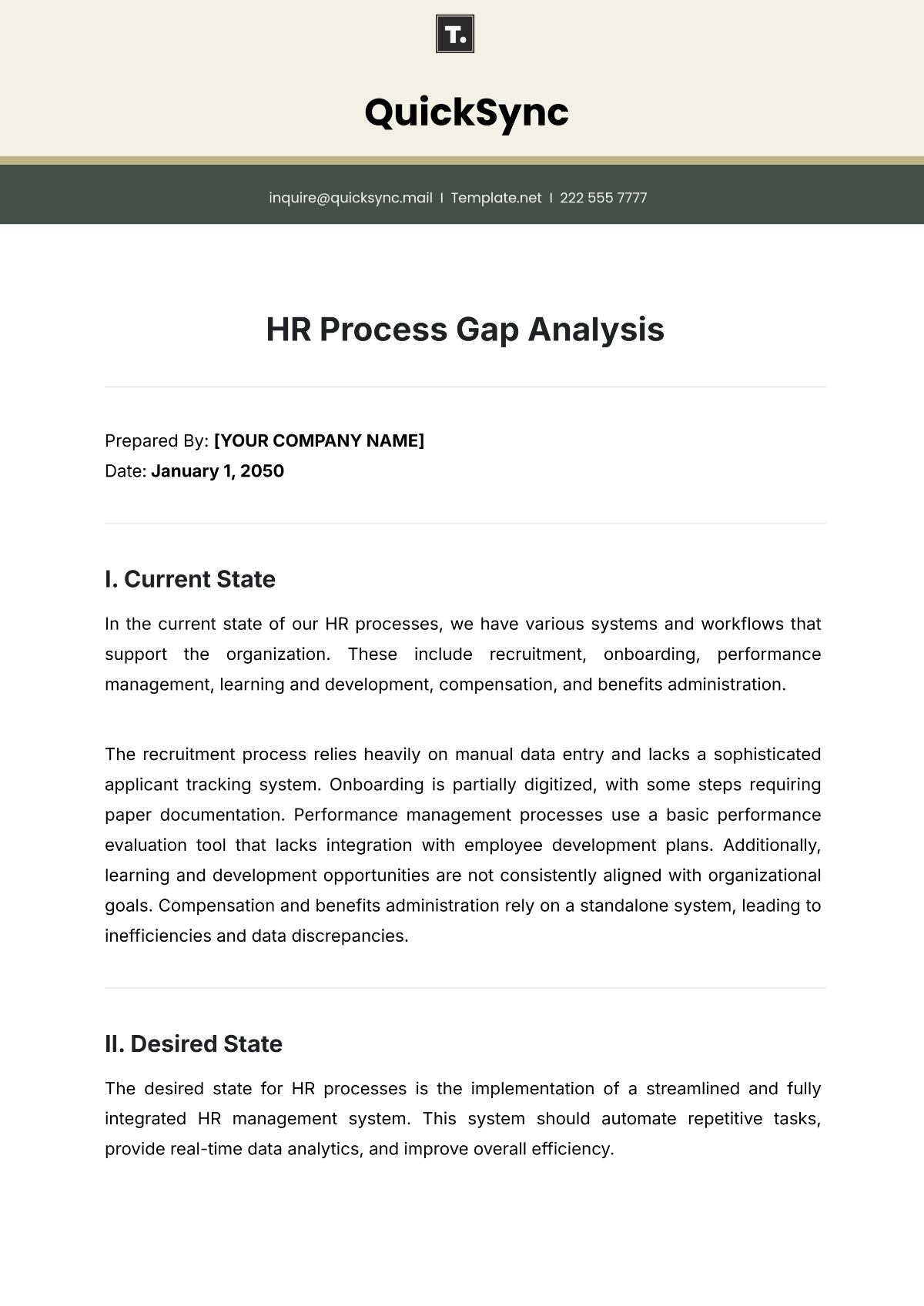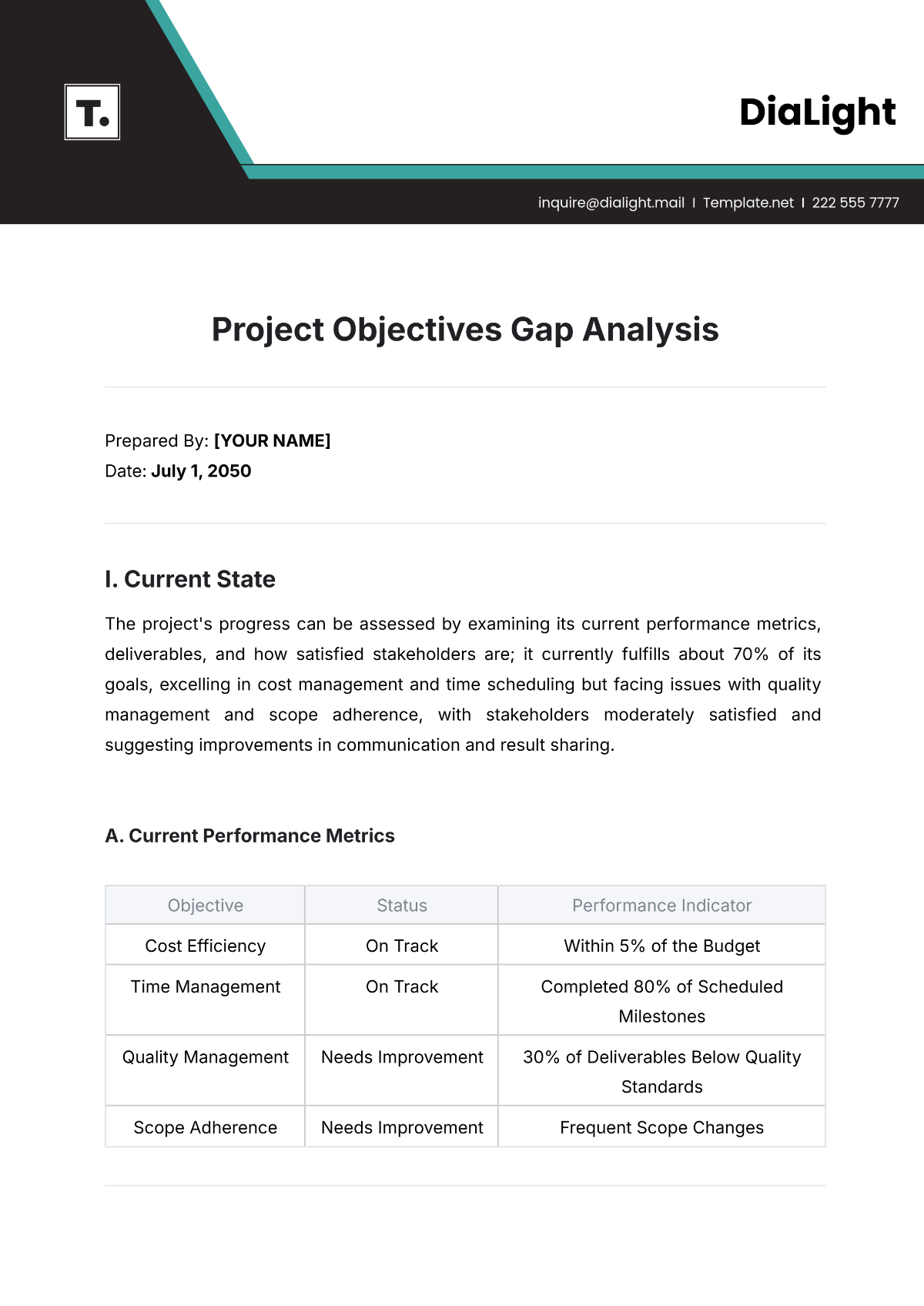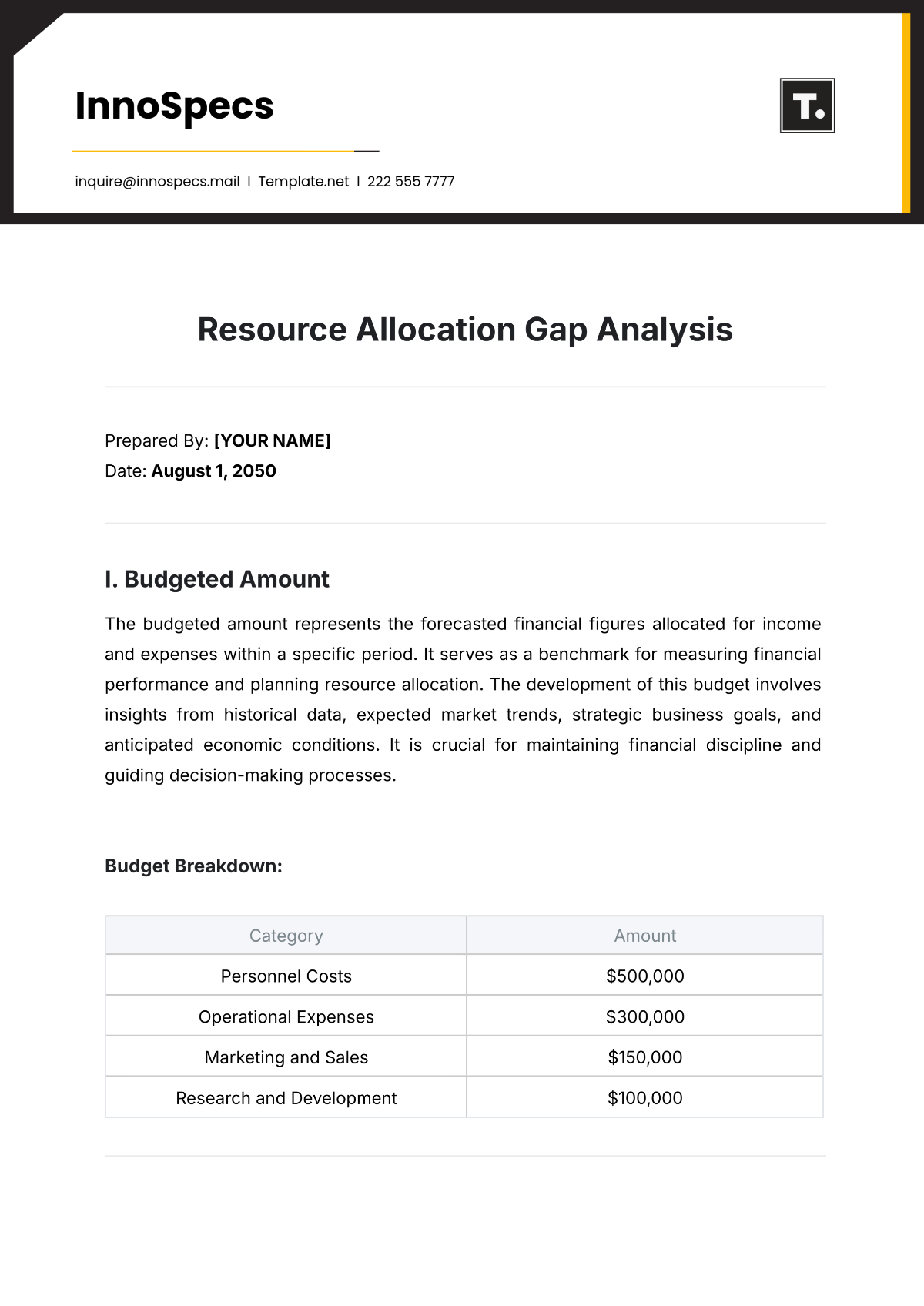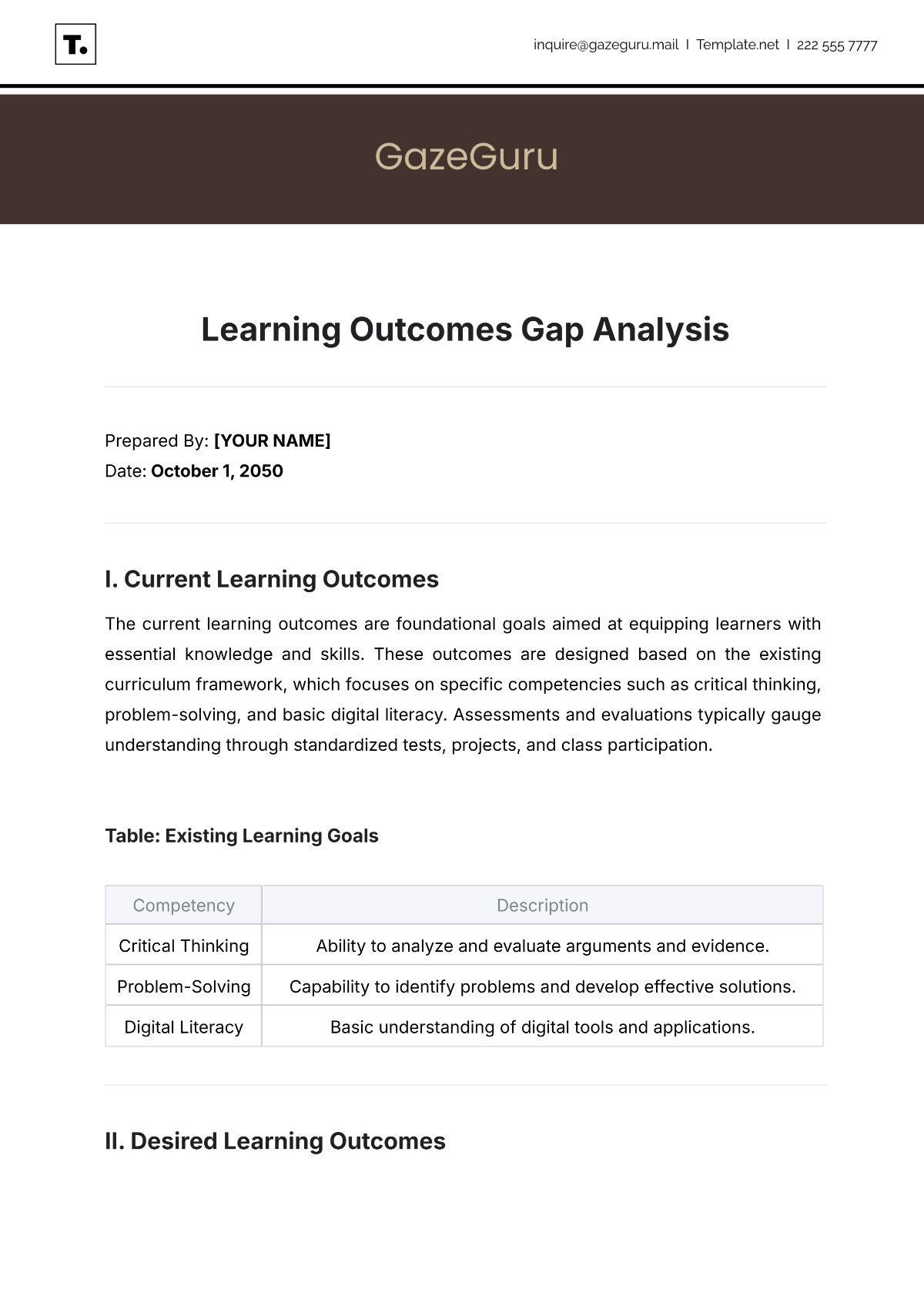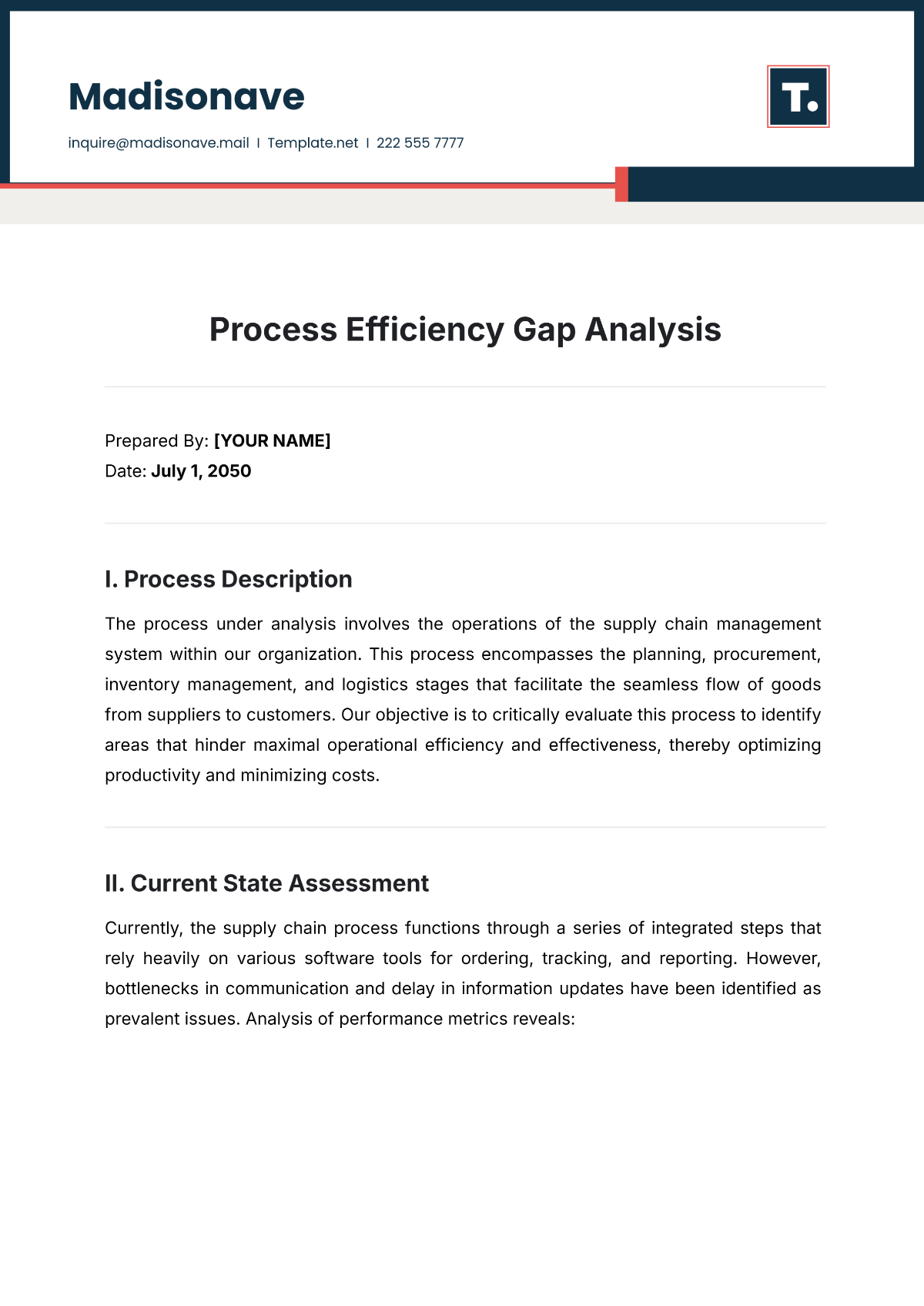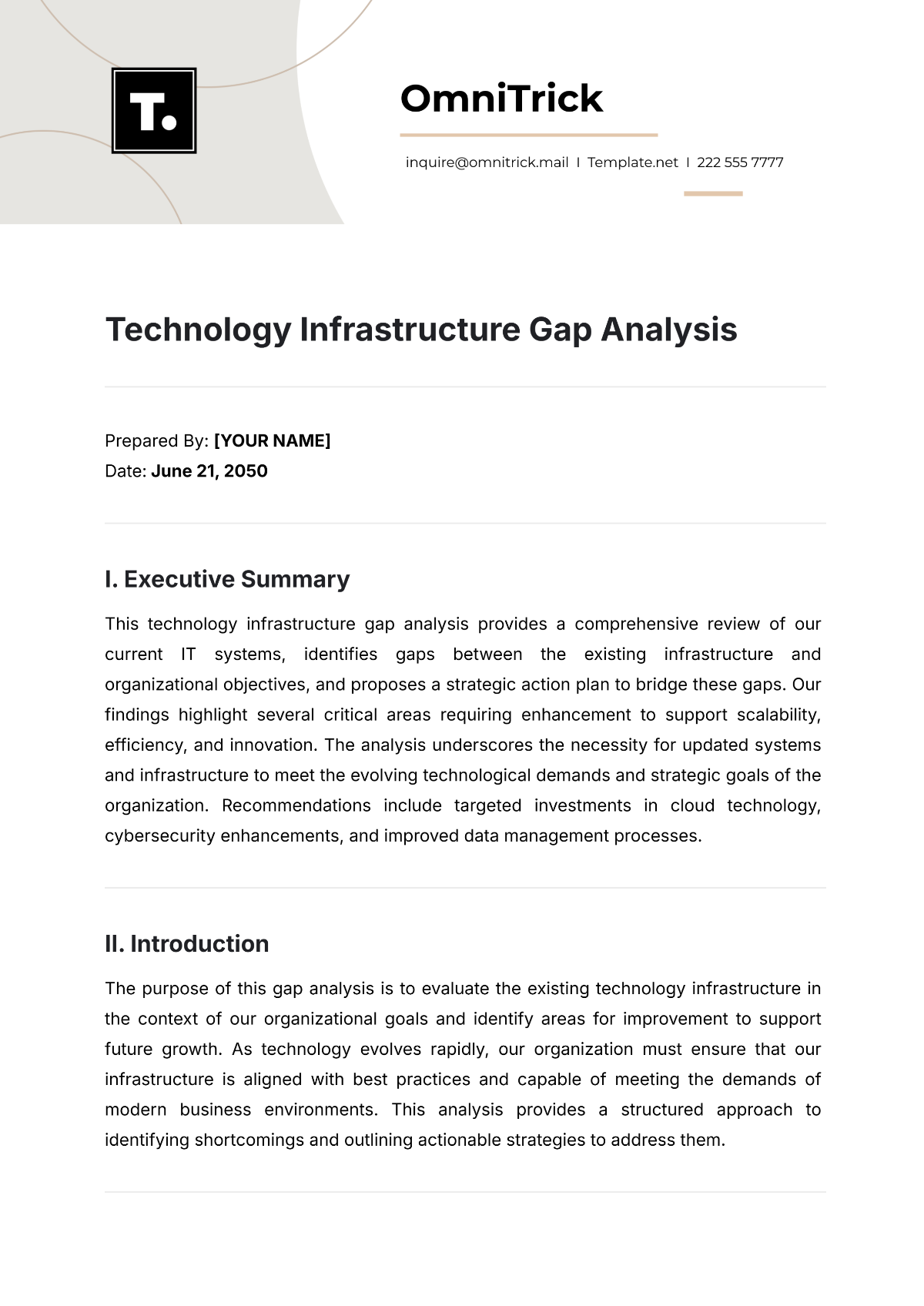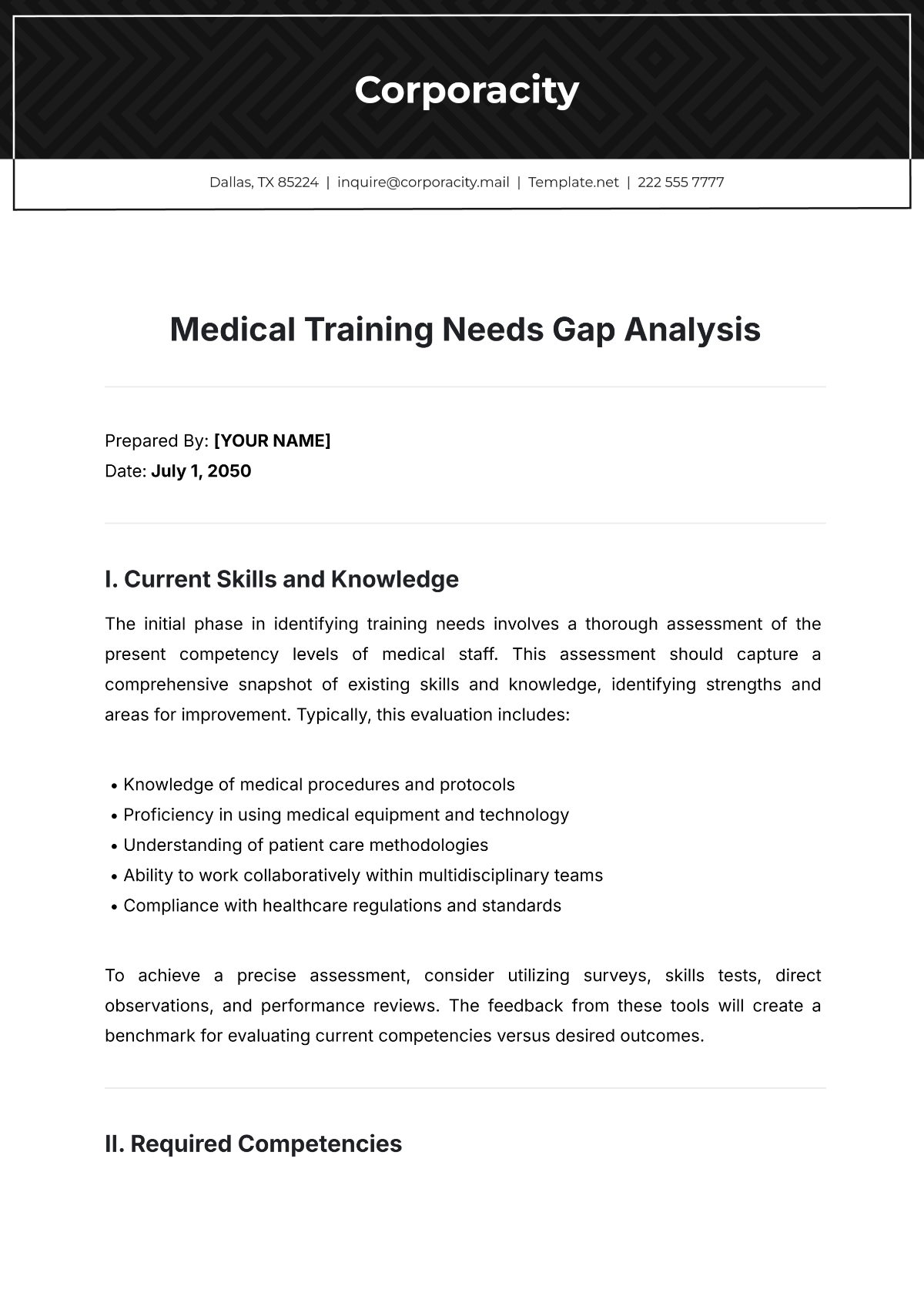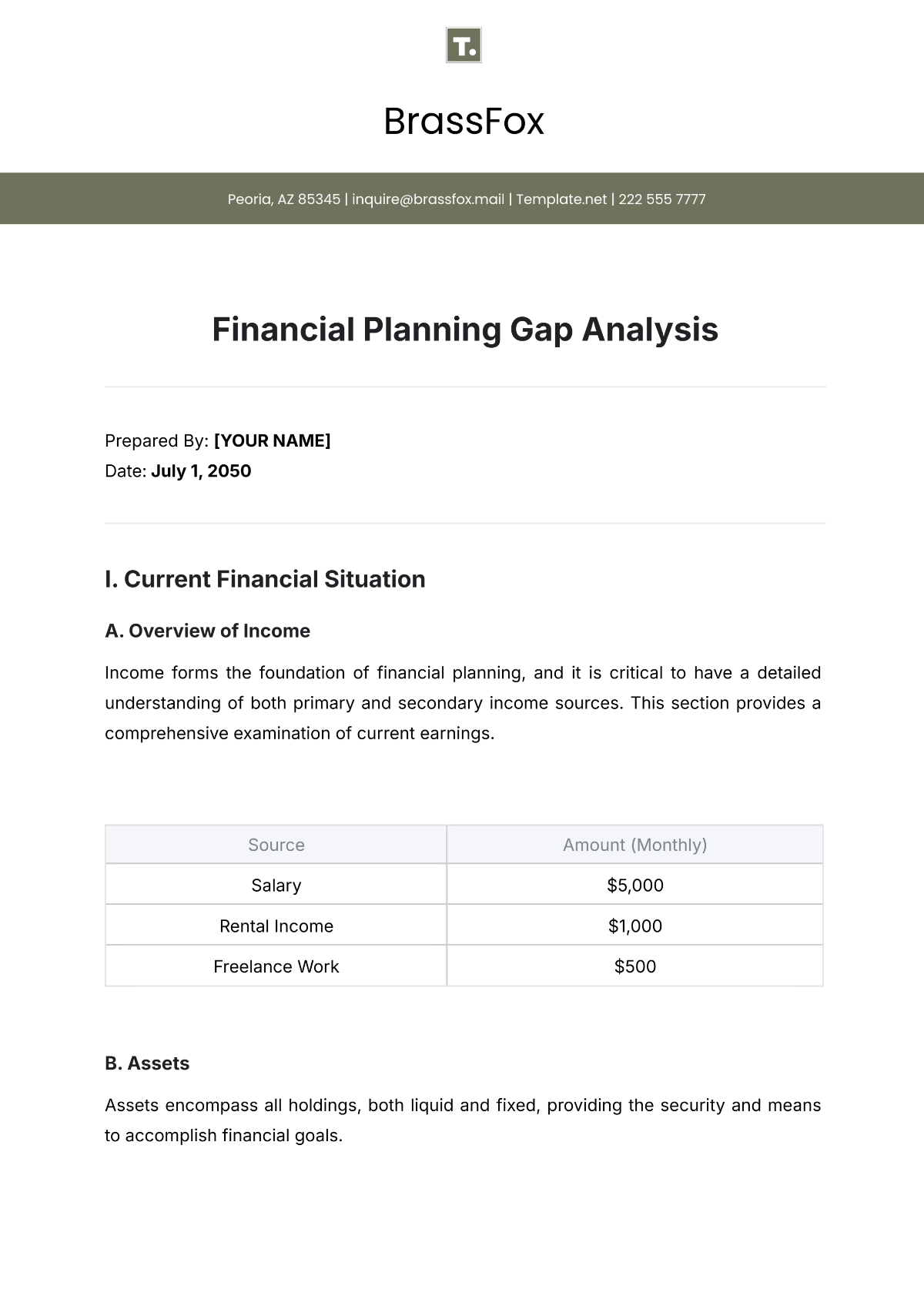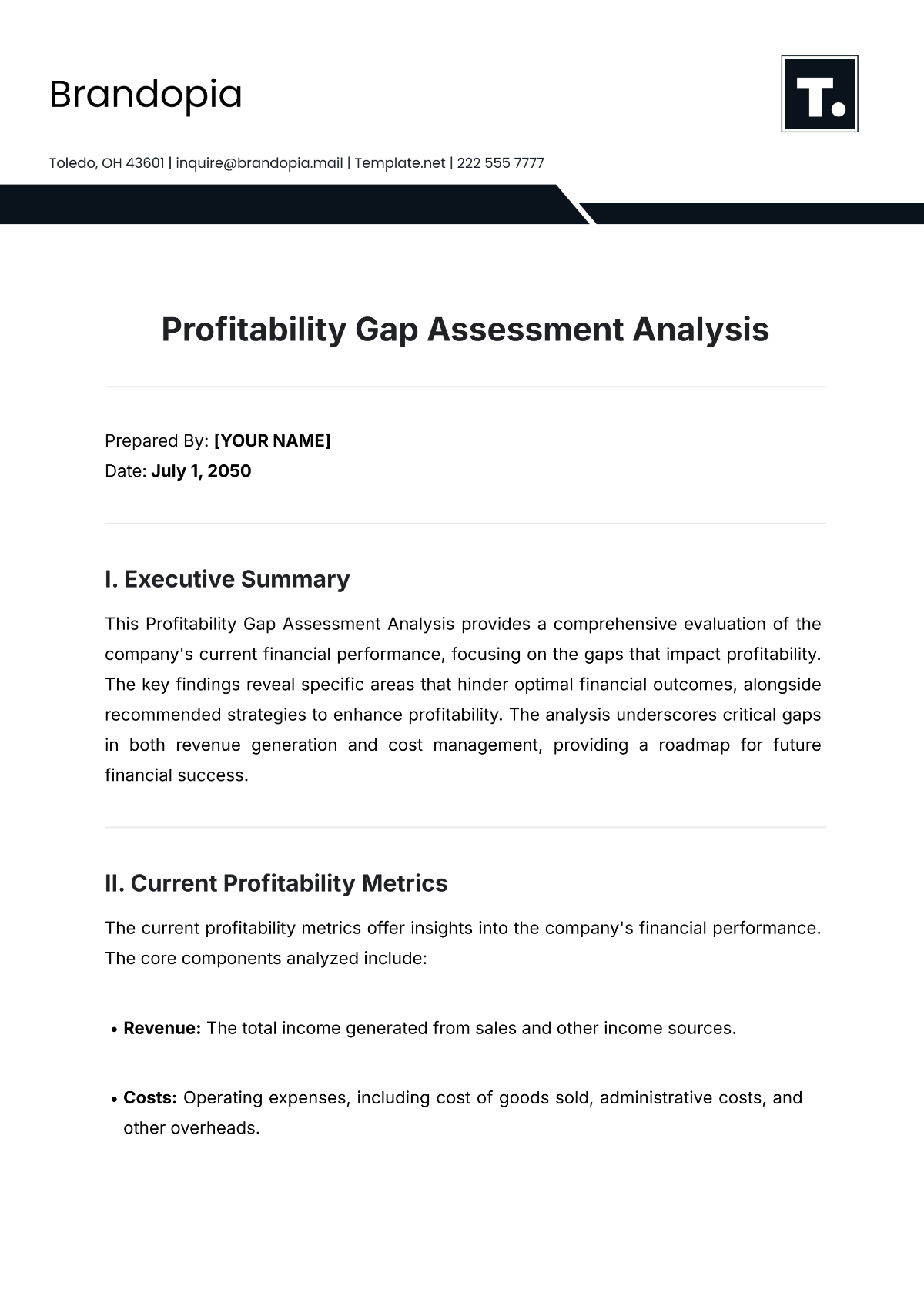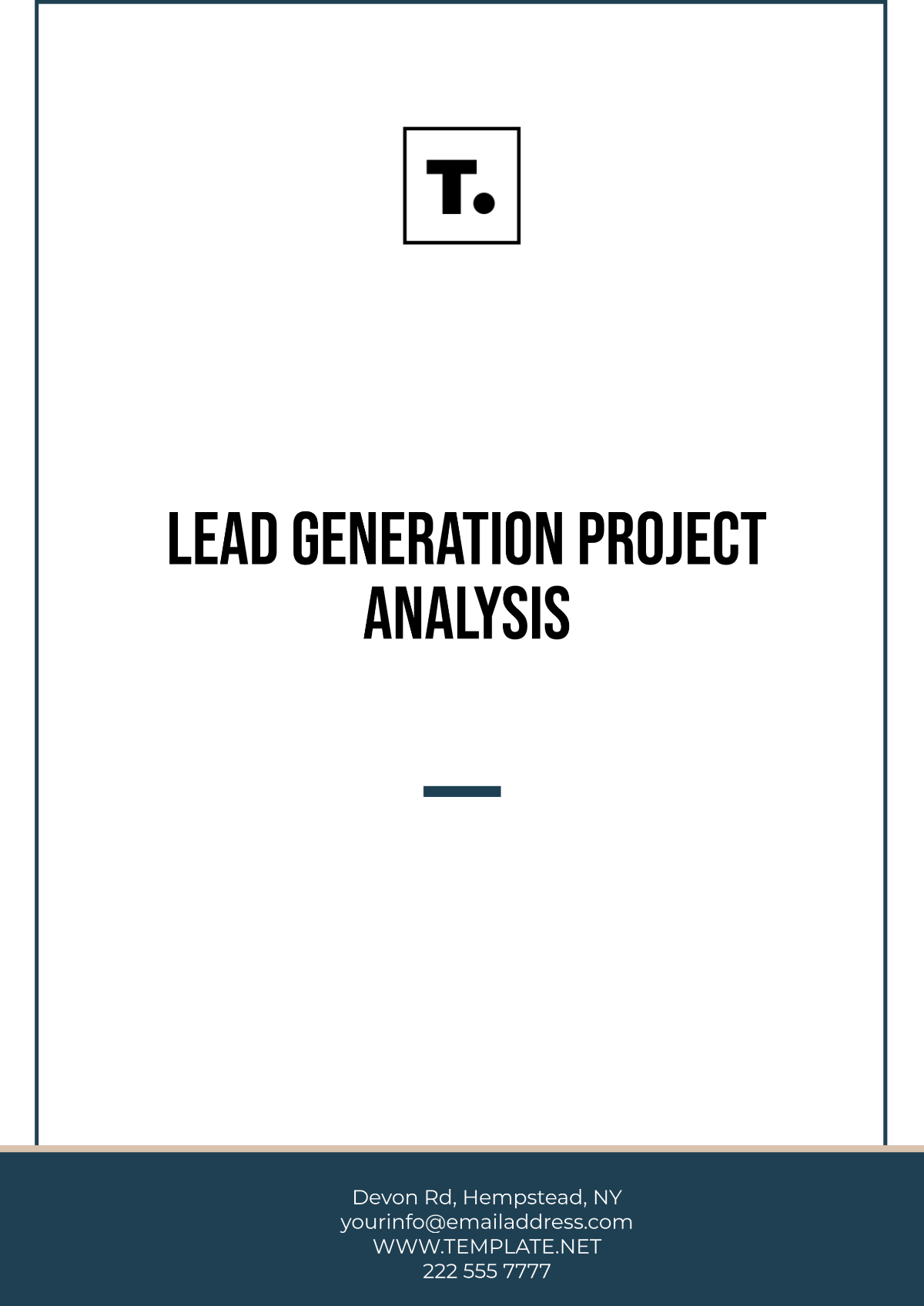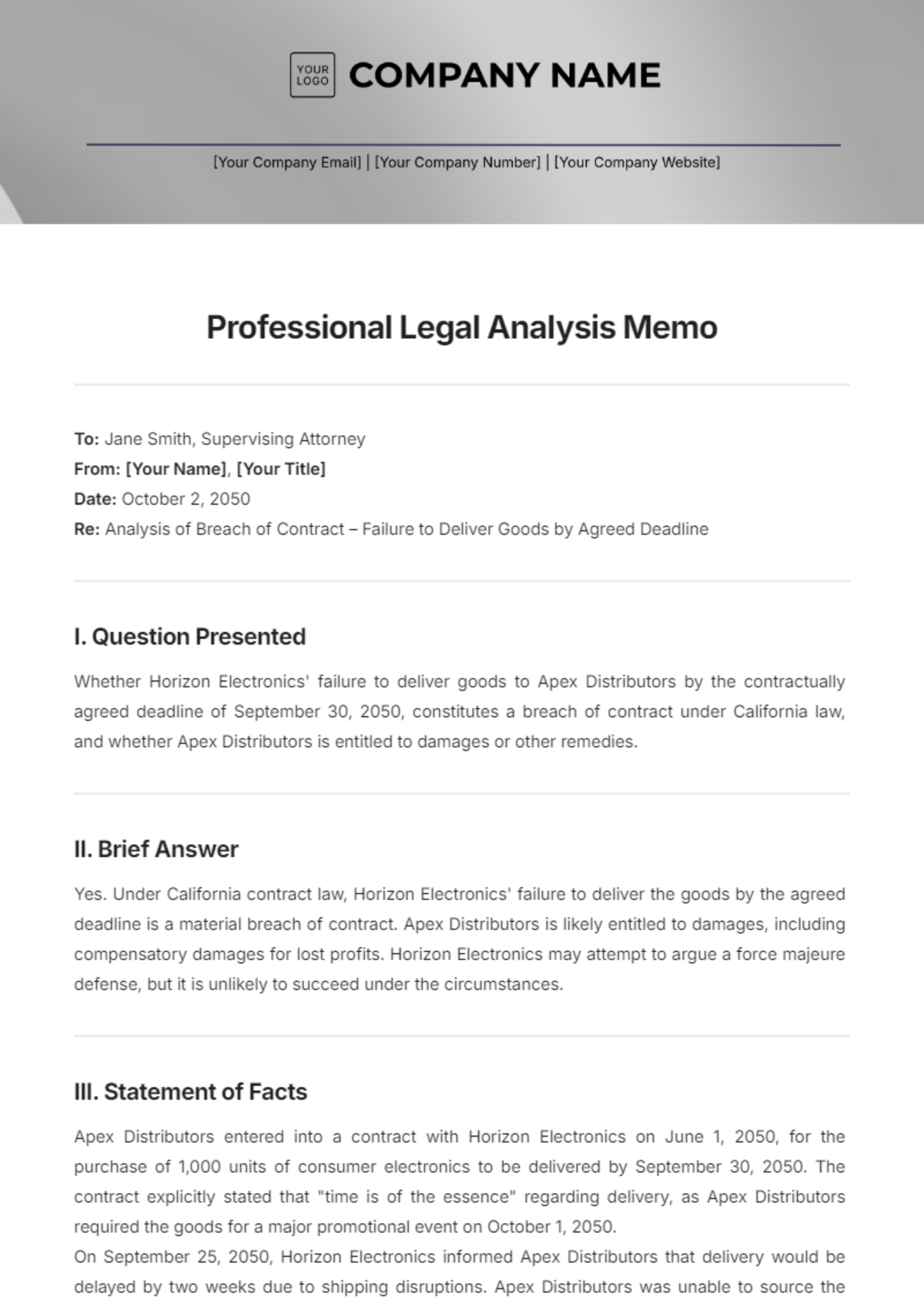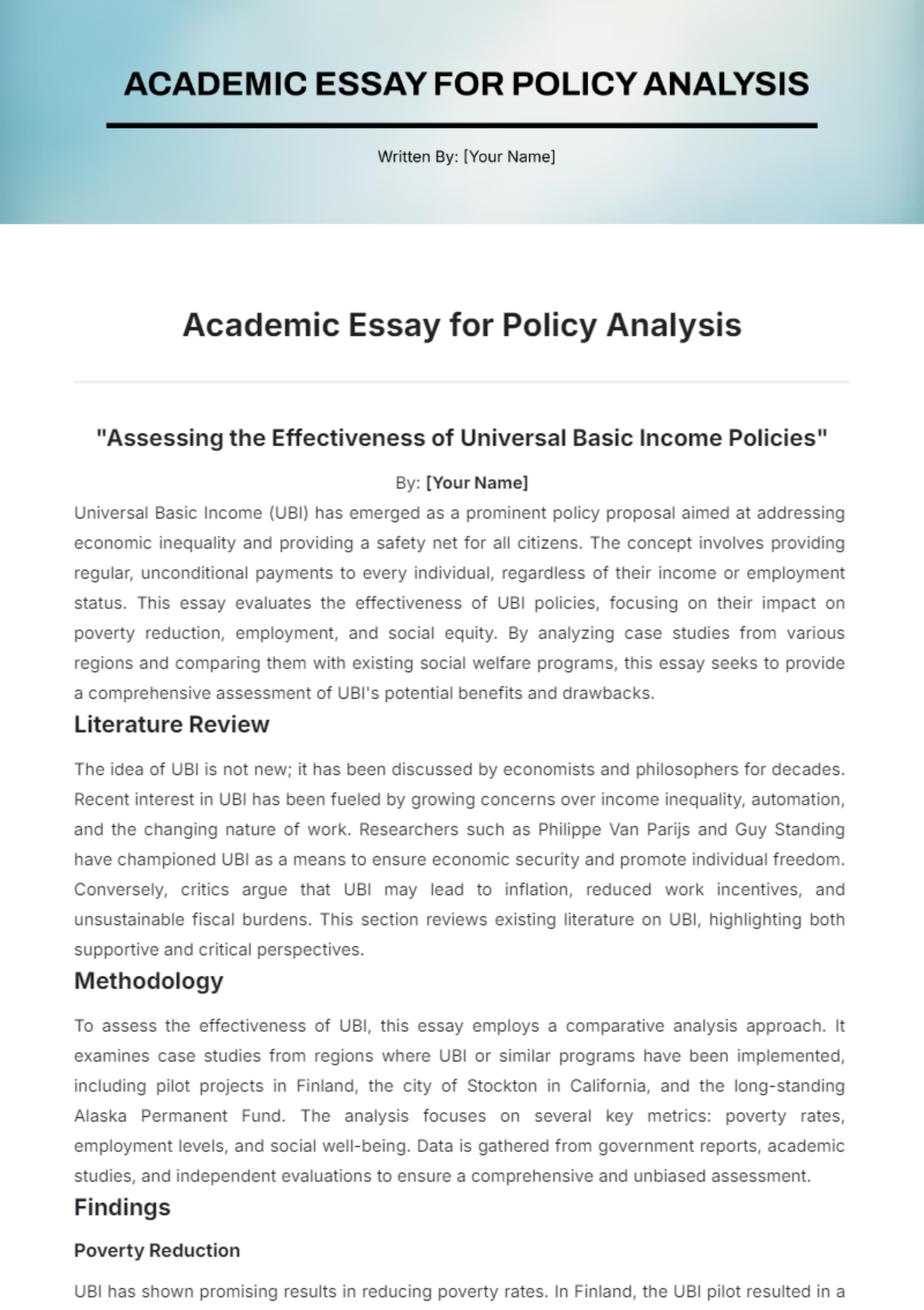Literary Components Analysis
Prepared by: [Your Name]
Date: [Date]
1. Introduction
Literary analysis is the methodical evaluation of texts to uncover layers of meaning, understand the nuances of language, and appreciate the depth of literary elements. This analysis delves into various components such as theme, plot, character, setting, point of view, style, tone, and symbolism. Each of these elements contributes to the overall meaning and experience of the text. This analysis will comprehensively examine these components, providing a deep understanding of their roles and interactions within the literary work.
2. Theme
2.1. Definition
The theme is the central idea or underlying message of a literary work. It reflects the author's perspective on human nature, society, or universal truths.
2.2. Identifying Themes
Recurring Motifs: Patterns or repeated elements that reinforce the theme.
Character Actions and Dialogue: What characters do and say often reveals the theme.
Plot Development: The progression of the story often mirrors the theme.
Symbolism: Objects, characters, or events that signify a deeper meaning related to the theme.
2.3. Examples of Themes
Work | Theme |
|---|---|
To Kill a Mockingbird | The moral nature of human beings |
1984 | The dangers of totalitarianism |
Pride and Prejudice | The role of class and gender in society |
3. Plot
3.1. Definition
The plot is the sequence of events that make up the story. It involves the characters and their actions, leading to a climax and resolution.
3.2. Plot Structure
Exposition: Introduction of characters, setting, and background information.
Rising Action: Events leading up to the climax, build tension.
Climax: The turning point, where the main conflict reaches its peak.
Falling Action: The events following the climax, leading to the resolution.
Resolution: The conclusion of the story, where conflicts are resolved.
3.3. Plot Analysis
Linear vs. Non-linear: Does the plot follow a chronological order, or does it jump between different periods?
Conflict Types: What types of conflict drive the plot? (e.g., man vs. man, man vs. nature, man vs. self)
Subplots: Are there secondary plots that complement or contrast the main plot?
4. Characters
4.1. Definition
Characters are the individuals in the story who carry out the actions and are involved in the events. They can be fully developed (round) or simplistic (flat).
4.2. Types of Characters
Protagonist: The main character around whom the story revolves.
Antagonist: The character who opposes the protagonist, creating conflict.
Dynamic Characters: Characters who undergo significant changes throughout the story.
Static Characters: Characters who remain unchanged throughout the story.
4.3. Character Development
Direct Characterization: The author directly describes the character’s traits.
Indirect Characterization: The character's traits are revealed through their actions, dialogue, and interactions with other characters.
Character Arc: The transformation or inner journey of a character throughout the story.
4.4. Character Analysis Table
Character Name | Role | Traits | Development |
|---|---|---|---|
Elizabeth Bennet | Protagonist | Intelligent, witty | Growth in understanding and prejudice |
Jay Gatsby | Protagonist | Mysterious, wealthy | Tragic pursuit of an idealized dream |
Lady Macbeth | Antagonist | Ambitious, manipulative | Descent into guilt and madness |
5. Setting
5.1. Definition
The setting is the time and place where the story occurs. It establishes the mood, influences characters, and can be symbolic.
5.2. Elements of Setting
Geographical Location: Where is the story set? (e.g., country, city, specific location)
Time Period: What is the time setting of the story?
Social Context: What are the social, cultural, and economic conditions?
Atmosphere: The mood or feeling evoked by the setting.
5.3. Setting Analysis
Integral vs. Backdrop: Is the setting crucial to the story, or is it just a background?
Symbolic Settings: Does the setting symbolize something greater within the narrative?
Impact on Characters and Plot: How does the setting affect the characters and the unfolding of the plot?
6. Point of View
6.1. Definition
Point of view (POV) is the perspective from which the story is told. It determines what the reader knows about the events and characters.
6.2. Types of Point of View
First Person: The narrator is a character in the story, using "I" or "we."
Third Person Limited: The narrator is outside the story but focuses on one character’s thoughts and feelings.
Third Person Omniscient: The narrator knows all the thoughts, actions, and feelings of all characters.
Second Person: The narrator addresses the reader directly as "you" (less common).
6.3. POV Analysis
Reliability of the Narrator: Is the narrator trustworthy, or do they have biases?
Narrative Distance: How close or distant is the narrator from the events of the story?
Impact on Reader's Perception: How does the point of view shape the reader's understanding of the story?
7. Style
7.1. Definition
Style refers to the author's unique way of writing. It includes their choice of words, sentence structure, literary devices, and overall use of language.
7.2. Elements of Style
Diction: The choice of words (formal, informal, colloquial, etc.).
Syntax: The arrangement of words in sentences (complex, simple, long, short).
Imagery: Descriptive language that appeals to the senses.
Tone: The author's attitude towards the subject (sarcastic, serious, humorous, etc.).
Figurative Language: Use of metaphors, similes, personification, etc., to convey meanings beyond the literal.
7.3. Style Analysis
Consistency: Is the style consistent throughout the text, or does it vary?
Effectiveness: How does the author's style contribute to the themes and overall impact of the work?
Comparison: How does the style compare to other works by the same author or within the same genre?
8. Tone
8.1. Definition
The tone is the author's attitude toward the subject matter or the audience. It is conveyed through the author's stylistic choices and can significantly influence the mood of the work.
8.2. Identifying Tone
Word Choice: The implied meanings of words can reflect the tone (for instance, "joyous" compared to "melancholic").
Pacing: The rate of the narrative's progression can establish a particular tone, such as a fast pace conveying urgency.
Imagery and Symbols: The use of imagery and symbolism can evoke certain feelings, contributing to tone.
Sentence Structure: Short, abrupt sentences can convey tension, while long, flowing sentences may evoke calmness.
8.3. Examples of Tone
Literary Work | Tone |
|---|---|
Frankenstein | Dark, foreboding |
The Great Gatsby | Elegiac, reflective |
Pride and Prejudice | Witty, ironic |
9. Symbolism
9.1. Definition
Symbolism is the use of symbols—objects, characters, or events that represent ideas or concepts beyond their literal meaning.
9.2. Common Symbols in Literature
Nature: Often represents emotions, states of mind, or the passage of time.
Colors: Various colors frequently have distinct symbolic connotations, such as red representing passion and white symbolizing purity.
Objects: Ordinary items can carry profound symbolism, such as a journey representing life's path.
9.3. Symbolism Analysis
Interpretation: What do the symbols represent within the context of the story?
Purpose: Why does the author use these symbols? What do they add to the narrative?
Connection to Theme: How do the symbols reinforce the overall theme of the work?
10. Conclusion
This comprehensive analysis of literary components reveals the intricate ways in which various elements work together to create a rich and meaningful literary experience. By understanding the interplay between theme, plot, character, setting, point of view, style, tone, and symbolism, readers gain a deeper appreciation for the complexities of literature. Whether analyzing a classic novel or a contemporary short story, these components serve as the building blocks for a detailed and insightful literary analysis.


